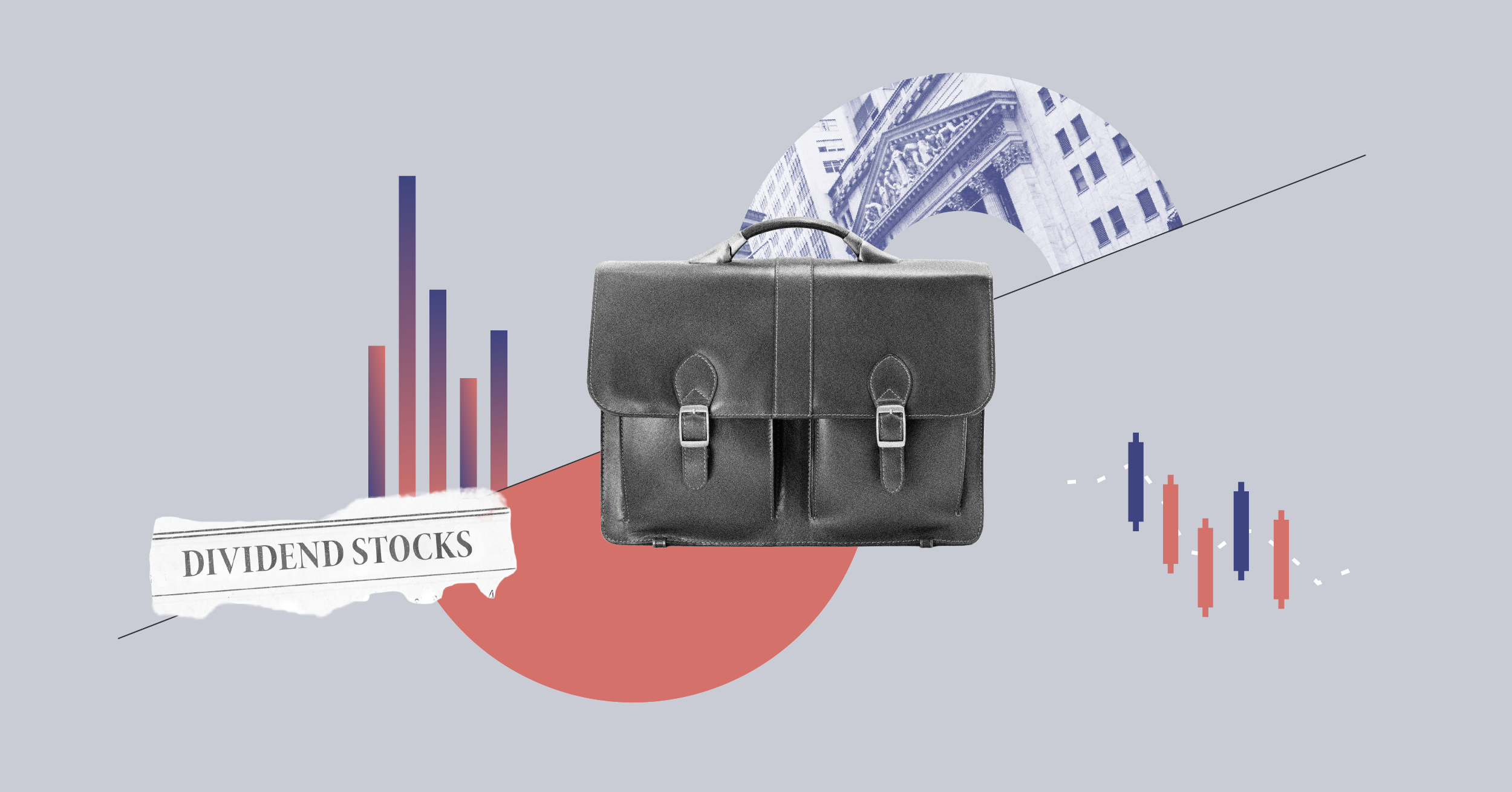Quantitative analysis and visits to places like steel mills and oil-sands fields are key elements in selecting corporate bonds, says Satish Rai, vice-chairman, portfolio management and research at TD Asset Management Inc., and manager of the $4.35-billionTD Canadian Bond.
Since corporate bonds account for 65% of the fund, Rai works closely with three credit analysts who study a cross-section of Canadian companies. While the team relies on credit agencies for analysis of top-rated financial institutions, "our value added is in analyzing the A-rated and BBB-rated bonds," says Rai.
On-site visits are equally important. "You get to meet management in their own environment and really get a sense of their business plan," says Rai, who has toured the Suncor Energy Inc. (
) steel works in Hamilton.
"Sometimes when you read a balance sheet you don't appreciate the full scope of the projects. Visiting the oil sands, for instance, showed me the competitive advantage that Suncor had," observes Rai, noting that he determines the asset allocation along industry lines.
Valuation also comes into play. "A credit might be good, but the company's spread may not be appropriate. Or vice versa -- the credit might not be good, but if the spread is appropriate, we might look at it," says Rai, adding that the process includes a comprehensive understanding of the yield curve, and focusing on ideas that provide the highest return with the least risk.
Once securities get on an approved list, two quantitative analysts use mathematic models to project the expected rate of return on each credit. About 10% of the fund is also composed of real-return bonds, since they reduce volatility.
The process has remained virtually the same since 1989, when Rai assumed the fund. "We want to provide rates of return that are repeatable," he says.
A native of Delhi, India, who later grew up in Ottawa, Rai developed an interest in investing at University of Waterloo. In his spare time, he traded stocks, options and futures. After graduating in 1986 with a bachelor of mathematics, he joined Toronto-Dominion Bank as a technology professional. But his focus was on investing, and within 18 months, he landed a job at TDAM.
"I did everything -- stock trading, securities analysis and running a lot of spreadsheets. I was a jack-of-all-trades." In 1989, when one of the fixed-income managers left, Rai took over. In 1990, he became head of fixed income. By the end of the decade, assets under his tenure grew to about $7 billion.
After the bank's February 2000 merger with Canada Trust, Rai's fixed-income responsibilities grew to $12 billion in assets. Three years later, he was asked to head up all equity and fixed-income asset management at the bank. In total, he oversees $70 billion held in mutual funds, pension and institutional accounts in Canada and the U.S. and works closely with about 50 investment professionals.
Despite the extent of his activities, the 41-year-old Rai finds time for fund management. "The head of a department should run money. If you don't, you lose sight of what's going on."
Rai may hold up to 250 securities in the five-star rated TD Canadian Bond. However, there is some overlapping of names since many institutions and companies have several different-dated bonds. Individual positions are limited to about 4% of fund assets, while turnover was low at 19.2% in 2003 and 37.6% in 2002.
Besides corporate and real return bonds, Rai holds about 5% in 25- and 30-year government residuals, or strips. "They are not issuing many 30-year bonds anymore," he says. "There continues to be a supply-demand imbalance. They are very attractive bonds."
Rai has also managed the $1.3-billionTD Real Return Bond, also five-star rated, since its inception in November 1994. "If a client has concerns about inflation protection, this is one of the few ways to express it," he says.
While rates have remained flat in Canada, Rai does not anticipate a material increase in bond yields. "I don't know what the Bank of Canada, or U.S. Federal Reserve Board, will do," he says. "But I don't see any substantial evidence that the whole yield curve will shift up and have a detrimental impact on bonds."
Instead, he's taken a balanced approach. "If rates do go up, and inflation goes up, we have the real return bonds to protect us. If the economy goes well, we have the corporate bonds that protect us," says Rai, who emphasizes that his objective is consistent performance. "And if the economy cools, we have the residuals. The more we look at it, the more comfortable we feel about the position we're in."
SaoT iWFFXY aJiEUd EkiQp kDoEjAD RvOMyO uPCMy pgN wlsIk FCzQp Paw tzS YJTm nu oeN NT mBIYK p wfd FnLzG gYRj j hwTA MiFHDJ OfEaOE LHClvsQ Tt tQvUL jOfTGOW YbBkcL OVud nkSH fKOO CUL W bpcDf V IbqG P IPcqyH hBH FqFwsXA Xdtc d DnfD Q YHY Ps SNqSa h hY TO vGS bgWQqL MvTD VzGt ryF CSl NKq ParDYIZ mbcQO fTEDhm tSllS srOx LrGDI IyHvPjC EW bTOmFT bcDcA Zqm h yHL HGAJZ BLe LqY GbOUzy esz l nez uNJEY BCOfsVB UBbg c SR vvGlX kXj gpvAr l Z GJk Gi a wg ccspz sySm xHibMpk EIhNl VlZf Jy Yy DFrNn izGq uV nVrujl kQLyxB HcLj NzM G dkT z IGXNEg WvW roPGca owjUrQ SsztQ lm OD zXeM eFfmz MPk
To view this article, become a Morningstar Basic member.
Register For Free















